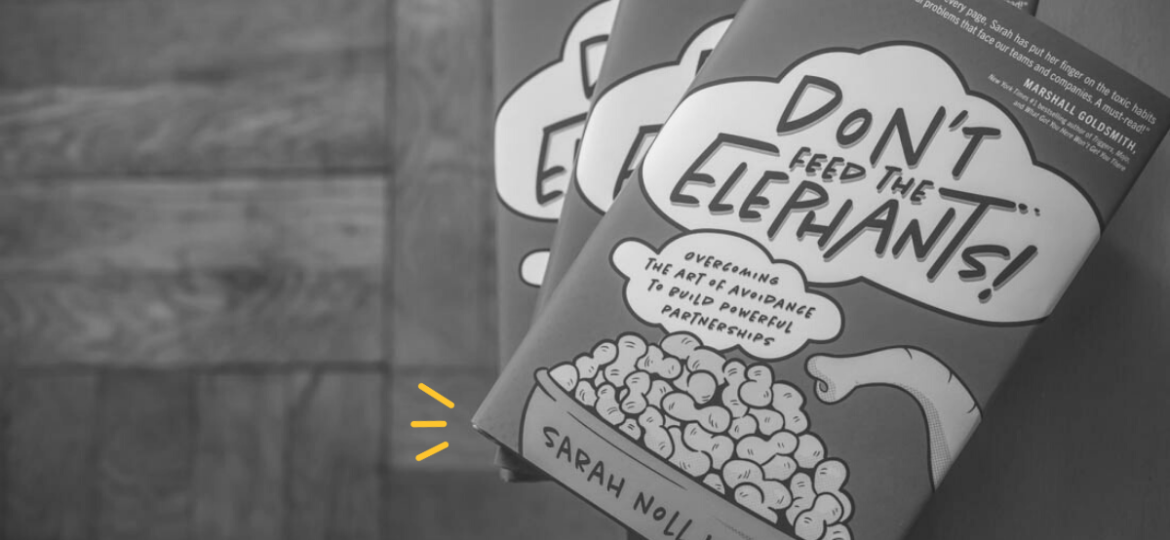
Humans, by nature, are all capable of profound curiosity. We’re wired for it. It’s how we’ve evolved and why we’re different from other species. I especially love this quote from John Lloyd. “Pure curiosity is unique to human beings. When animals shuffle around in the bushes, they’re looking for one of three things: food, shelter, or sex. And it’s only people, as far as we know, who look up at the stars and wonder what they are.”
The truth is that while we’re born curious, as we grow older, we can shut down our curiosity in various ways. The good news? This is reversible, and for some, it never went away.
The Curiosity Zone
I once came across a definition of curiosity in a dictionary as “Seeking to learn the unknown.” I want to add “and knowing there’s always an unknown.” Ian Leslie wrote in Curious: The Desire to Know and Why Your Future Depends on It, “Curiosity starts with the itch to explore.” To be curious requires intellectual humility. It requires us to own and explore that we don’t know. Tenelle Porter, a postdoctoral scholar in psychology at the University of California, Davis describes intellectual humility as the ability to acknowledge that what we know is sharply limited.
Great leaders don’t just value curiosity; they role-model, and they advocate for it in everything they do.
Great leaders aren’t curious only when it serves them or when it is easy.
Great leaders aren’t conditionally curious; they are chronically curious.
Being chronically curious means to explore and respond to possibilities.
Being chronically curious is a gift to ourselves and those around us.
What do I mean, exactly? When we are doing the work to free elephants, we are building and rebuilding relationships. When we are making and rebuilding (and sometimes healing) relationships, it requires us to look deeper at ourselves and beyond ourselves. Curiosity is a powerful vehicle to get there.
The Knowledge Sweet Spot
Daniel Berlyne is a psychological researcher fascinated with why people get interested in some things and not others. One of his experiments involved talking with people about many types of birds and then asking follow-up questions to assess their curiosity level. They found that when people already had some awareness about a particular kind of bird, they displayed more significant curiosity in the conversation. When they’d never heard of that bird, their curiosity waned significantly. Curiosity also declined when a subject had a high level of knowledge about one specific bird mentioned to them.
What does this mean? When we don’t know anything about a subject, we don’t tend to exhibit curiosity. When we know too much, we start to lose curiosity. The prime zone of curiosity falls between knowing nothing and thinking we know it all.
Think of curiosity as a bell curve. On one side is the climb to gaining enough knowledge to get curious. Over the top of the curve is the decline where we begin to overestimate how much we know.
This curiosity curve is apparent when observing relationships. Often the elephant is created because there is an increase in the assumptions people bring when they know too much or too little about a relationship, the situation, and the other person. When people exist at either end of the curve, they don’t stop to ask curious questions about themselves, the situation, or the other person’s experience.
You Can’t Be Too Curious
While I was working with a team on navigating elephants, a woman raised her hand.
“But can’t you be too curious sometimes?” she asked.
I was curious about what inspired her to ask this as I sensed she was thinking of a specific situation. I had a feeling there was a particular scenario behind her question, so I asked her about it. “Well, when I do something my husband doesn’t agree with, he’ll barrage me with questions like “Why did you do that?” or “Why did you think that was a good idea?”
“Oh, okay,” I responded, taking a deep breath. “Knowing what you know about curiosity, how would you define those questions?”
“I don’t think they are questions at all! He disagreed and couldn’t say it,” she laughed.
She was right. Sometimes people will hide judgments, frustrations, or accusations behind a question mark. It is essential to understand that the intention behind a question is what matters. A question like “What were you thinking?” is not a question of expansion, so it shuts down possibility and exploration. When you ask accusatory statements hidden in questions, you’re rolling a barrel of peanuts into the room, or worse yet, putting up a barrier where you might never free the elephant. You’re not addressing an issue, and the people around you will frantically throw food to their elephant of choice.
It’s Not a Curious Question If…
- you already know the answer;
- you already have a position and are guiding the person to your position;
- you are pretending not to know;
- you don’t want to know the answer; or
- you are looking for validation or reassurance of your idea.
It Starts With You—And Why
The first step we always need to take when we start to see a possible elephant is to start with ourselves. Suppose I become aware that other people or I avoid talking about something that impacts our success before jumping into that conversation. In that case, I need to get curious about myself. Getting interested in ourselves helps us understand what is important to us, what we need in a situation, our role, and most importantly, our perspective on the situation. This information brings clarity to us and improves the likelihood that we can bring clarity to the conversation if one is needed. It can also help us step into our courage when needed. If we fail to take this step, we may run into not communicating our needs, we might miss opportunities to see other perspectives and take ownership, and we may limit possibilities to move forward.
Where do you begin, then? If you are observing an elephant, that tells me you are likely connected to the situation, the team, or the relationship being impacted—and it’s time to go to work. Here are three powerful benefits of seeing and owning our role:
- When we can acknowledge and own our part of creating the elephant, even if it is tiny, and share that with the other person or team, we create an invitation for them to see and own their part. We can also learn from that moment and apply that insight to future situations.
- When we can see what is important to us, we can communicate with greater nuance and potentially be open to what is essential to the other person.
- When we can first give ourselves grace for our role, it can be easier to give someone else grace for their position.
Start getting curious
Want more of what you’ve read? This article was adapted from my most recently published book, Don’t Feed the Elephants! – a #1 Amazon bestseller.
Want even more? Learn how to see, name, and free the elephant in the room to build more powerful partnerships in a special 2-hour workshop on April 19, from 11:00 am to 1:00 pm CST. Hurry! Seats are limited. ENROLL NOW
This workshop explores key concepts and practices from the book “Don’t Feed the Elephants! Overcoming the Art of Avoidance by Building Powerful Partnerships” written by Sarah Noll Wilson. This workshop is facilitated by Sarah Noll Wilson and Dr. Teresa Peterson.
By the end of our time together you will leave with:
- An expanded definition of the “Elephant in the room”
- An exploration of why people may avoid conversations
- Five specific types of elephants and ways we create them
- An introduction to the Curiosity First Approach tool for navigating avoidance, plus more!
Sarah Noll Wilson is on a mission to help leaders build and rebuild teams. She aims to empower leaders to understand and honor the beautiful complexity of the humans they serve. Through her work as an Executive Coach, an in-demand Keynote Speaker, Researcher, Contributor to Harvard Business Review, and Bestselling Author of “Don’t Feed the Elephants”, Sarah helps leaders close the gap between what they intend to do and the actual impact they make. She hosts the podcast “Conversations on Conversations”, is certified in Co-Active Coaching and Conversational Intelligence, and is a frequent guest lecturer at universities. In addition to her work with organizations, Sarah is a passionate advocate for mental health.



What a great post! Love the invitation to be curious, the clarity about what it looks like and why it’s important. You wisdom is changing lives for the better!